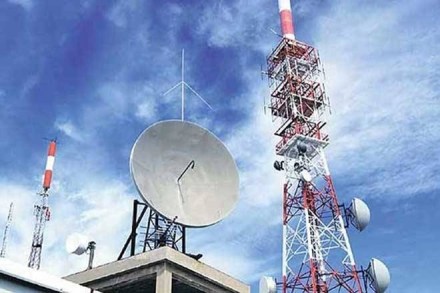Surprisingly, tier 2 and tier 3 cities have fared better than the metros when it comes to 4G availability and the maximum period during which users can get a 4G network connection. According to a report by Opensignal, Dhanbad in Jharkhand has topped the chart on availability of the 4G signal with a score of 95.3%, followed by the state’s capital, Ranchi, which has a score of 95%.
The third place is occupied by Srinagar with a score of 94.9% despite being one of the country’s remotest cities. In contrast, Delhi is way down the table with a score of 89.8% whereas Mumbai is further lower at 89.7%. Opensignal has analysed 50 of the country’s largest cities by their 4G availability, based on a combined score for all operators that operate a 4G network in those cities. Opensignal’s 4G availability metric is not a measure of coverage or the geographic extent of a network. Rather, it measures what proportion of time users with a 4G device and subscription can get a network connection in places they most commonly visit. So, a 4G availability score of 95% means that LTE users on a network were connected to 4G services 95% of the time.
Raipur occupied the fourth place with a score of 94.8%, followed by Patna with 94.5%. Most of the larger cities have fared poorly in Opensignal’s 4G availability analysis. Delhi and Mumbai were in the lower half of the table, neck-and-neck with scores just shy of 90%, behind Hyderabad’s 90.5%. Bangalore was mid-table at 92.3%, while Ahmedabad scored 92.7%. However, all of the 50 Indian cities scored over 87% in 4G availability.
